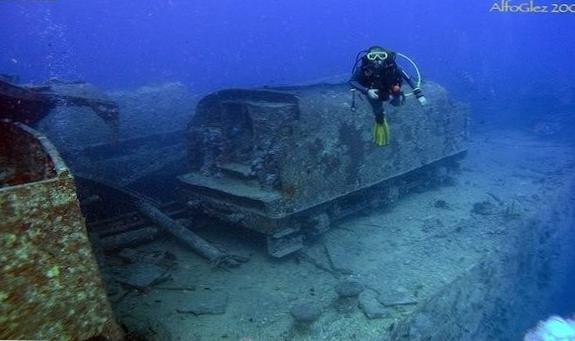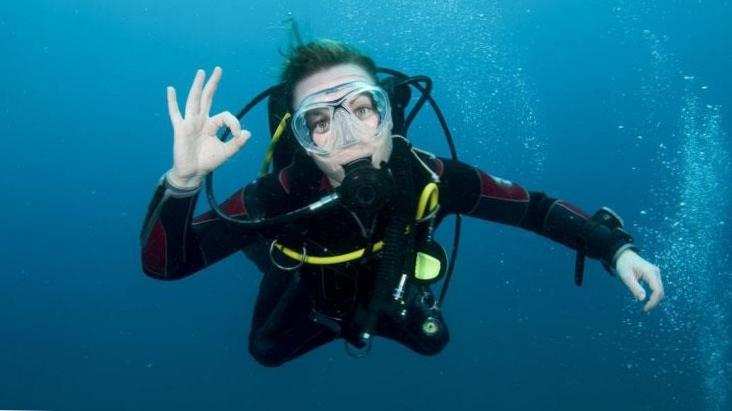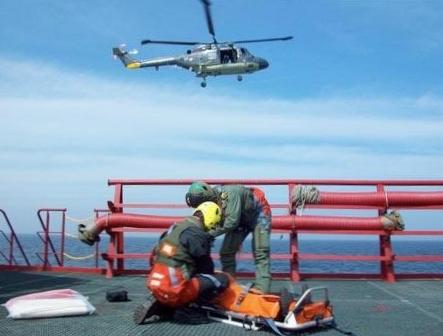Why Diving is Dangerous: Exploring the Risks of Underwater Exploration
Introduction to Diving and its Popularity
Diving has long fascinated adventurers and thrill-seekers alike, providing a gateway to explore the wonders hidden beneath the ocean’s surface. From vibrant coral reefs teeming with marine life to mysterious shipwrecks, underwater exploration offers a unique and captivating experience. It is no wonder that diving has gained immense popularity over the years, attracting a diverse community of enthusiasts who are eager to delve into the depths of the unknown. With advancements in equipment and training, this thrilling activity has become more accessible than ever before, enticing even those who once thought it was beyond their reach. Through this article, we will not only unravel the awe-inspiring aspects of diving, but also shed light on the potential risks that divers face when venturing into the submerged world.
The Risks of Underwater Exploration: Understanding the Dangers of Diving
Diving has always been considered a thrilling and adventurous activity, allowing individuals to explore the mesmerizing depths of the ocean. However, it is crucial to acknowledge that diving can pose various risks and dangers. Understanding these risks is essential for maintaining safety and ensuring an enjoyable diving experience. Let’s delve deeper into the potential hazards associated with underwater exploration and how to mitigate them.
[Diving involves a unique set of risks that differentiate it from other recreational activities. One of the primary dangers is decompression sickness, also known as «the bends.» When a diver ascends too quickly, the nitrogen dissolved in their body tissues forms bubbles, leading to excruciating pain and possibly life-threatening situations. Another risk is equipment malfunction, including oxygen failure or a mask leakage, which can cause a diver to lose their ability to breathe properly. Additionally, the rapid descent and ascent can put immense pressure on a diver’s lungs, leading to barotrauma, a condition that can cause severe lung damage if not managed carefully.
Aside from these immediate risks, divers are susceptible to a range of environmental factors that can be hazardous. Poor visibility, strong currents, and underwater creatures can all pose a threat to divers. Moreover, the depths of the ocean can present challenges in terms of navigation, as divers may become disoriented or lost, especially without proper training or guidance.
To minimize these risks, it is crucial to undergo thorough dive training and certification. Understanding the physics and physiology of diving, such as decompression tables, breathing techniques, and emergency procedures, is essential. Regular equipment maintenance and checks are also vital to prevent malfunctions. Divers should always have a dive buddy to assist and support each other in case of an emergency.
Taking necessary precautions and being aware of one’s limitations are key to ensuring a safe diving experience. Regular communication, extensive planning, and adhering to the dive plan are also crucial elements in managing potential risks. By being well-informed and prepared, divers can explore the wonders of the underwater world while minimizing the dangers that underpin this captivating activity.
Why Diving is Dangerous: Exploring the Risks of Underwater Exploration
Diving can be an exhilarating experience, allowing us to explore the mesmerizing underwater world. However, it is important to recognize the various risks that come with this adventurous activity. One significant danger that divers face is the impact of pressure changes on the body. As you descend deeper below the surface, the water column exerts greater pressure on your body. This can have a profound impact on your lungs, ears, and sinuses. The pressure can cause barotrauma, a condition that involves damage to these delicate structures. Video: Understanding the Effects of Pressure on the Body . In addition, the increased pressure can also lead to nitrogen narcosis, commonly known as «diver’s paralysis.» This condition can impair judgment and coordination, putting divers at risk of making poor decisions underwater. Moreover, when divers ascend too quickly, they may experience decompression sickness, or «the bends.» This occurs when dissolved gases, primarily nitrogen, form bubbles in the bloodstream due to rapid decompression. These bubbles can cause excruciating pain, paralysis, and even death if not treated promptly.
Common Accidents and Injuries While Diving
As thrilling as underwater exploration can be, it’s important to acknowledge the potential dangers that accompany it. Diving is an adventurous activity that can expose divers to a range of risks and hazards. Understanding these risks is crucial to ensuring your safety underwater. From encounters with marine life to equipment malfunctions, accidents can happen even to the most experienced divers. One of the most common injuries while diving is decompression sickness, also known as «the bends,» which occurs when nitrogen bubbles form in the body due to a rapid ascent. This can lead to severe pain, paralysis, or even death if not properly treated. Another prevalent injury is barotrauma, caused by unequal pressure between the diving environment and body tissues, resulting in ear and sinus injuries. Additionally, divers may face the risk of getting entangled in fishing nets or lines, leading to potential cuts, contusions, or even drowning. Understanding these common accidents and injuries can help divers take precautionary measures and minimize the risks associated with diving.
why diving is dangerous






